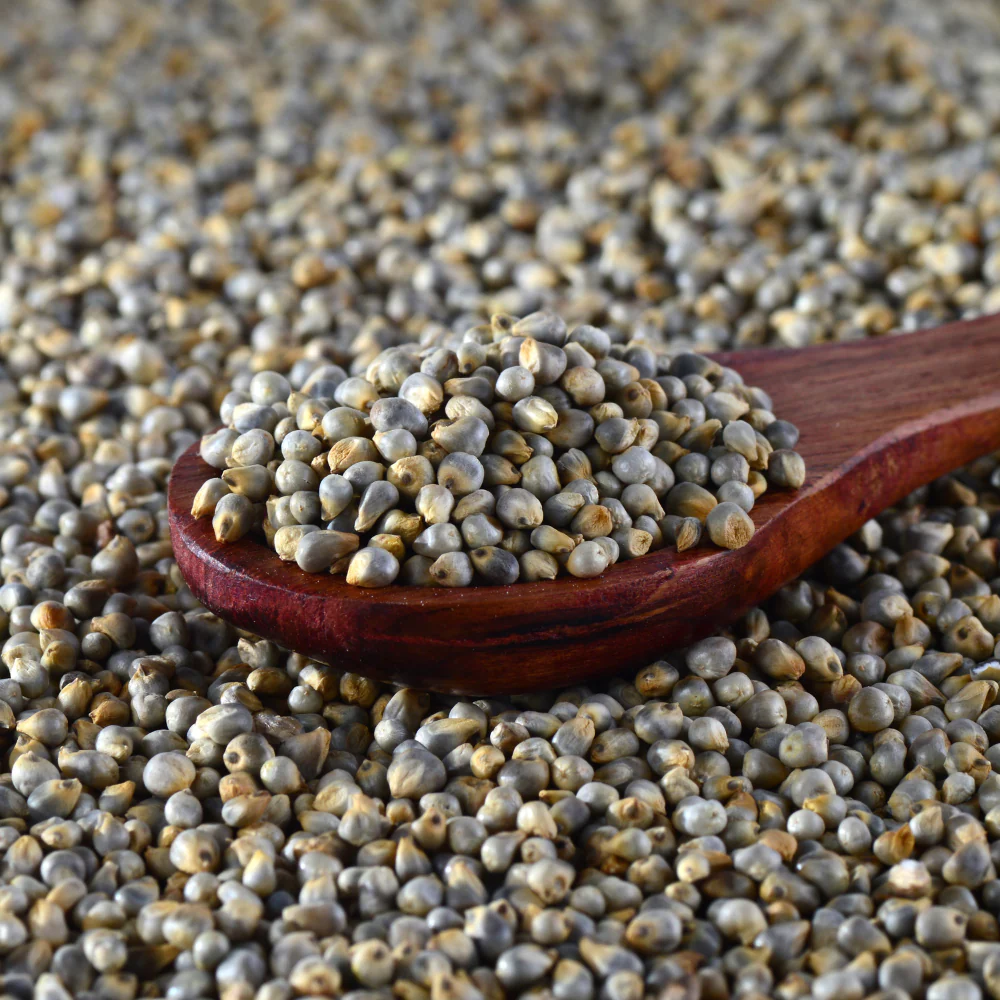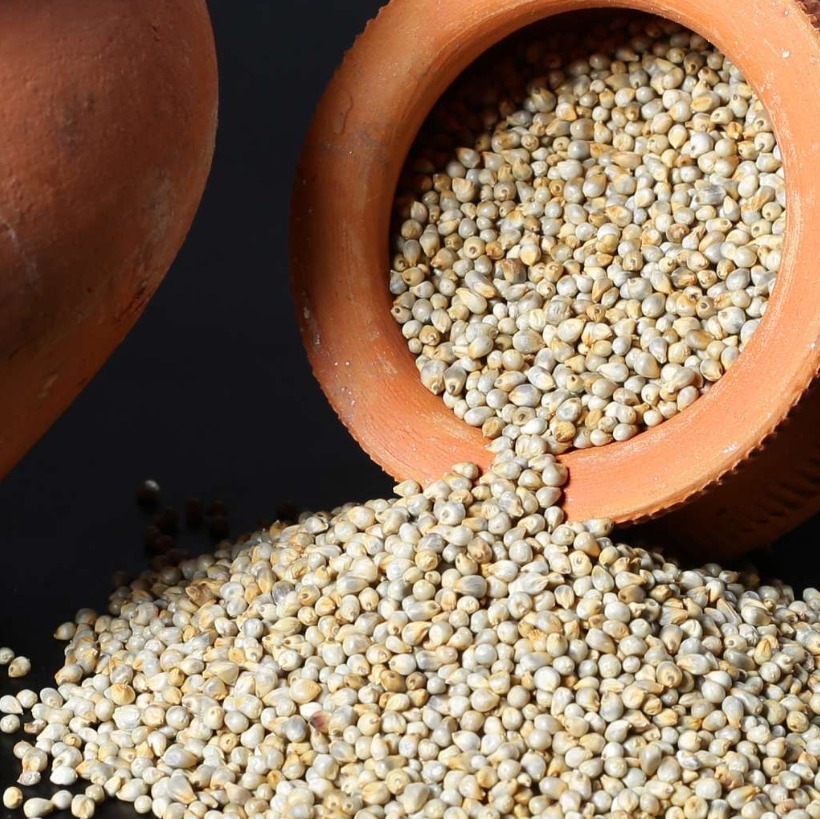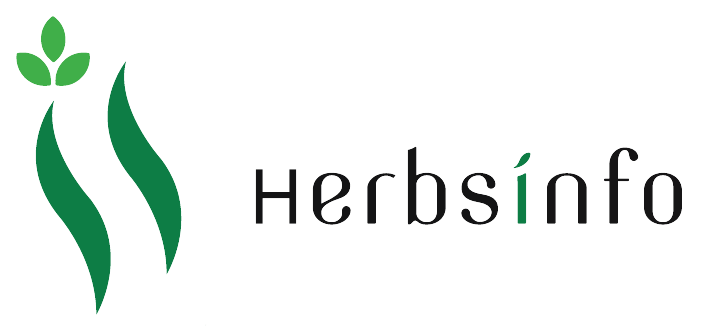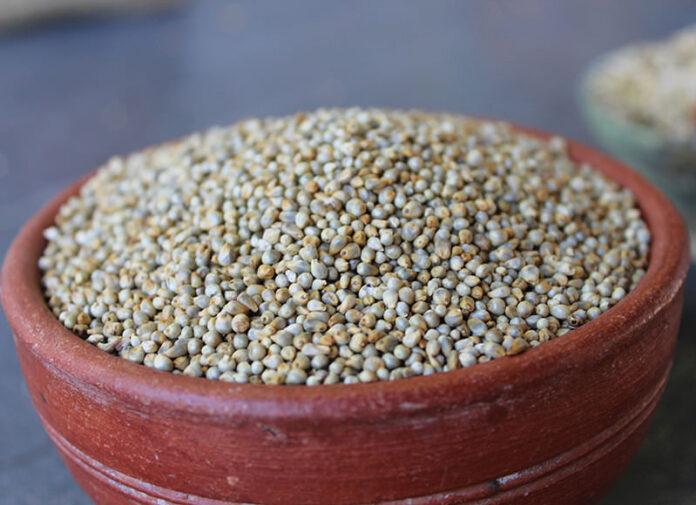INTRODUCTION:
Pearl Millet (scientific name Pennisetum glaucum), commonly known as bajra, is a hardy, drought-resistant cereal crop widely cultivated in arid and semi-arid regions of Asia and Africa. It is one of the most important millet varieties due to its adaptability to harsh environments and nutritional value.Pearl millet seeds are small, round grains that vary in color from white to grayish or yellowish. These seeds serve as a staple food for millions of people, especially in regions where other cereal crops struggle to grow. It is rich in protein, dietary fiber, essential minerals like iron, calcium, and magnesium, and has a low glycemic index, making it beneficial for health-conscious diets.

English: Pearl Millet / Bajra
Urdu: باجرا
Hindi: बाजरा
Sanskrit: सारस (Sārasa)
Punjabi: ਬਾਜਰਾ (Bājrā)
Gujarati: બાજરી (Bājrī)
Marathi: बाजरी
Bengali: বজরা (Bajra)
Tamil: சாமை (Saamai)
Telugu: సజ్జ (Sajja)
Kannada: ಸಜ್ಜೆ (Sajje)
Malayalam: സജ്ജ (Sajja)
Oriya: ବାଜରା (Bājrā)
Arabic: دُخن (Dukhn)
Swahili: Mtama wa mpigadudu
HEALTH BENEFITS:

Rich in Nutrients
High in iron, magnesium, phosphorus, and zinc
Great source of B-complex vitamins (especially niacin, thiamine, and riboflavin)
Contains protein and healthy fats
High in Dietary Fiber
Supports digestion and prevents constipation
Helps maintain a healthy gut
Gluten-Free
Ideal for people with celiac disease or gluten sensitivity
Lowers Blood Sugar Levels
Low glycemic index (GI) helps manage diabetes
High fiber content slows sugar absorption
Heart Health
Rich in magnesium and healthy fats, which may help:
Reduce blood pressure
Lower bad cholesterol (LDL)
Improve circulation
Aids in Weight Management
Fiber and protein increase satiety, reducing overeating
Boosts Energy
High in complex carbohydrates for sustained energy release
Iron content helps prevent fatigue and anemia
Supports Bone Health
Contains phosphorus and calcium, which are essential for strong bones and teeth
Improves Skin and Hair
Antioxidants and minerals promote healthy skin and hair
Iron improves blood circulation, enhancing skin glow
Strengthens Immunity
Zinc and iron contribute to a stronger immune response
SIDE EFFECTS:

Although bajra or pearl millet is one of the most consumed foods in our country, it has a large number of side effects. If you are eager to add this millet to your daily diet plan, there are a few things to keep in mind.
Pearl millet is not recommended for those with thyroid gland dysfunction, as it can further compromise the functioning of this butterfly-shaped gland and lead to various metabolic disorders.
The oxalates in Bajra, if not cooked properly, can result in kidney stones and the phytic acid can interfere with the absorption of food in the intestine. Therefore, if you have any of these health problems, talk to your doctor or nutritionist before consuming pearl millet.
HOW TO USE:
1. Cooking Whole Millet Seeds
Basic Method to Cook Millet:

Ingredients:
1 cup millet seeds
2.5–3 cups water
Salt (optional)
Steps:
Rinse the millet seeds thoroughly.
Toast in a dry pan for 3–4 minutes (optional – enhances nutty flavor).
Add water and bring to a boil.
Reduce heat, cover, and simmer for 20–25 minutes.
Let it rest for 5 minutes, then fluff with a fork.
Use in place of rice, in grain bowls, salads, or side dishes.
2.Millet Porridge (for Breakfast)
Cook millet with more water or milk (about 1:4 ratio) for a creamy porridge.
Add nuts, fruits, cinnamon, or honey.
Great for kids and adults as a nutritious start to the day.
3. Using Millet Flour
Bajra Roti (Flatbread)
Mix flour with warm water to make dough
Roll and cook on a hot griddle
Multigrain Bread or Muffins
Replace 20–30% of regular flour with millet flour for added nutrition
Gluten-free alternative for baking and flatbreads
4. Sprouting Millet Seeds
Sprouting enhances nutrients and digestibility.
Steps:
Rinse and soak millet seeds for 6–8 hours.
Drain and keep in a damp cloth or sprouting jar.
Leave in a warm place for 24–48 hours, rinsing occasionally.
Use in salads, sandwiches, or smoothies.
Improves nutrient absorption, especially for iron and zinc.
5. Millet in Soups, Stews & Khichdi
Add millet to soups or stews as a thickener.
Cook it like khichdi (millet + lentils + spices + veggies).
6. Fermented Millet Foods
Make dosa or idli using a fermented batter of millet + urad dal.
In Africa, pearl millet is used to make traditional porridges and fermented drinks.
Storage Tip:
Keep millet seeds in an airtight container in a cool, dry place.
Use flour within a few weeks, or refrigerate to extend shelf life.




